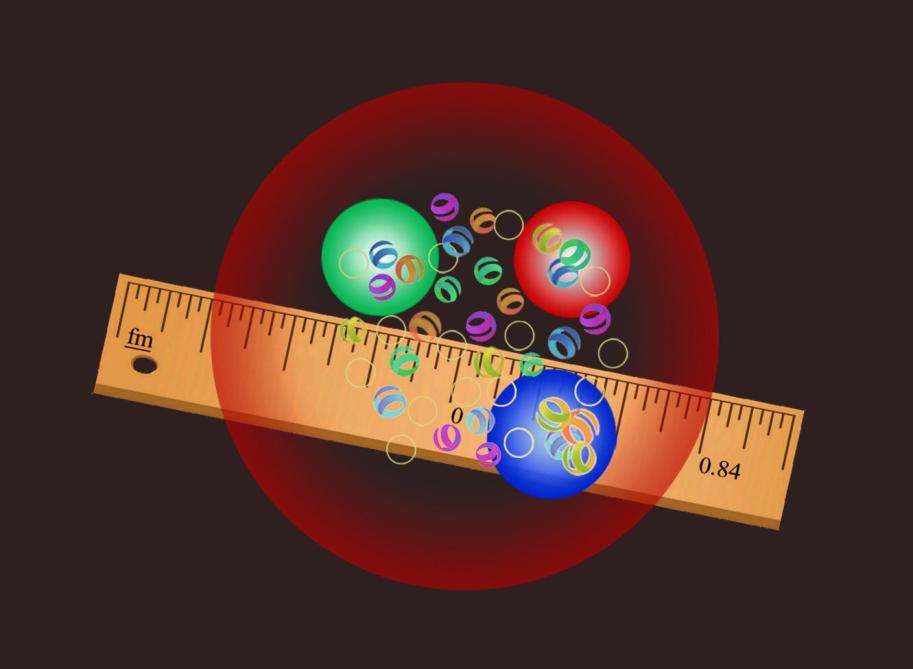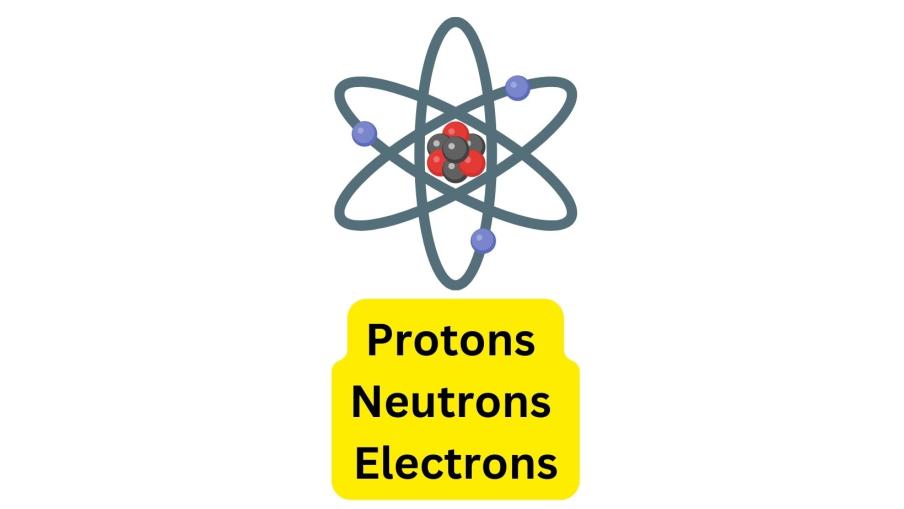How Do Protons Interact with the Earth's Magnetic Field to Create the Northern Lights?
The Northern Lights, also known as Aurora Borealis, are a breathtaking natural phenomenon that occurs in the high-latitude regions of both the Northern and Southern Hemispheres. These mesmerizing displays of light are caused by the interaction between charged particles from the Sun, known as protons, and the Earth's magnetic field.

I. The Earth's Magnetic Field
The Earth's magnetic field is a complex and dynamic system that extends far into space. It is generated by the movement of molten iron in the Earth's outer core, creating a magnetic field that resembles a giant bar magnet.
- Magnetic Poles: The magnetic poles are located near the geographic poles but do not coincide with them. The magnetic poles are where the magnetic field lines converge.
- Magnetic Field Lines: Magnetic field lines are imaginary lines that connect the magnetic poles. They provide a visual representation of the magnetic field's direction and strength.
- Magnetosphere: The magnetosphere is the region of space surrounding the Earth that is dominated by the Earth's magnetic field. It extends several Earth radii into space and acts as a shield against harmful solar radiation.
II. Solar Wind And Charged Particles
The Sun constantly emits a stream of charged particles known as the solar wind. This solar wind consists of protons, electrons, and other charged particles that travel through space at high speeds.
- Interaction of Solar Wind with Earth's Magnetic Field: When the solar wind encounters the Earth's magnetic field, it is deflected and channeled around the Earth. This interaction creates a region called the magnetosphere, which protects the Earth from the harmful effects of the solar wind.
- Formation of the Magnetosphere and Magnetotail: The solar wind compresses the Earth's magnetic field on the side facing the Sun, creating a region called the magnetopause. On the opposite side, the magnetic field is stretched out, forming a long tail called the magnetotail.
III. Proton Interactions With The Earth's Magnetic Field
Protons from the solar wind can become trapped within the Earth's magnetic field, creating two regions known as the Van Allen radiation belts.
- Trapping of Protons in the Earth's Magnetic Field: Protons can become trapped in the Earth's magnetic field due to a phenomenon called magnetic mirroring. As protons travel along magnetic field lines, they are reflected back and forth between the magnetic poles, preventing them from escaping.
- Acceleration of Protons Along Magnetic Field Lines: Within the Van Allen radiation belts, protons can be accelerated to high energies by electric fields. These high-energy protons can then interact with atmospheric particles, causing the Northern Lights.
IV. Collision Of Protons With Atmospheric Particles

The high-energy protons trapped in the Van Allen radiation belts eventually collide with atmospheric particles, primarily oxygen and nitrogen atoms.
- Excitation and Ionization of Atmospheric Particles: The collisions between protons and atmospheric particles excite and ionize the atoms, causing them to emit photons (light) as they return to their ground state.
- Formation of the Northern Lights: The emission of photons from excited and ionized atmospheric particles creates the Northern Lights. The colors of the aurora depend on the type of atmospheric particle that is excited. Oxygen atoms emit green and red light, while nitrogen atoms emit blue and purple light.
- Variations in Auroral Displays: The intensity and shape of the Northern Lights can vary greatly depending on the strength of the solar wind and the activity of the Sun. During periods of high solar activity, the Northern Lights can be visible at lower latitudes and can be more intense.
V. Conclusion
The Northern Lights are a mesmerizing natural phenomenon that result from the interaction between protons from the solar wind and the Earth's magnetic field. The trapping and acceleration of protons within the Van Allen radiation belts, followed by their collisions with atmospheric particles, lead to the emission of photons that create the beautiful displays of light known as the Northern Lights.
Understanding the interaction between protons and the Earth's magnetic field is crucial for space weather predictions and for protecting satellites and astronauts from the harmful effects of solar radiation.
YesNo

Leave a Reply